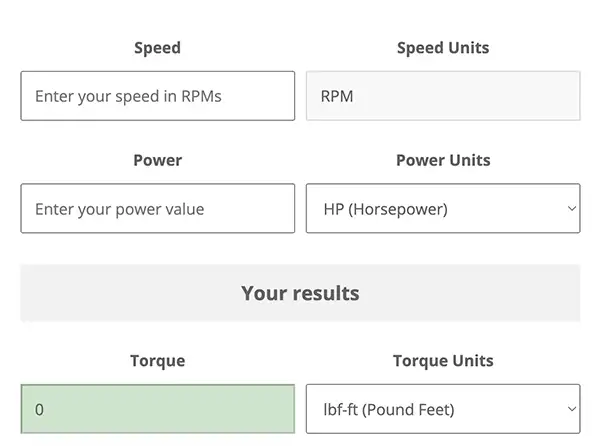Why are DC Motors Usually Gear Motors
Many battery-operated devices rely on DC motors for power. Because of their high shaft speeds—typically 1500-6000 RPM under load—DC motors are commonly paired with a gearbox. Without the gearbox, the shaft speed of DC motors often exceeds the requirements of most applications. Since many applications require a controllable shaft speed output, many DC motors are paired with mechanical gearboxes.
Gears Harness the Power of DC Motors
The average shaft speed of a DC motor ranges between 1500 and 6000 RPM under load. These shaft speeds exceed the acceptable range for many applications, in most cases by a wide margin. To reduce shaft speeds, many DC motors are paired with a gearbox. This helps to reduce the motor’s shaft speed, and increase the torque output of the motor. In most cases, torque is increased by the ratio of the gear reduction, minus any losses in the gearbox.
To Gear or Not to Gear
DC motors without mechanical gearboxes are viable power sources in a wide range of applications where the motor’s shaft speed is not an issue. Take the simple fan, for example. In most cases, the faster a fan can spin, the better it is at accomplishing its task—moving air to cool a room or components. In the case of a fan, the shaft speed of a DC motor does not cause an issue.
In other applications where shaft speed must be controlled, a DC motor alone may not be the best option. Applications such as an automatic sliding door, or turntable in a microwave oven will require a mechanical gearbox to reduce the shaft speed of the motor to manageable and easily controllable values.
The question of whether a DC motor with or without mechanical gears is best obviously varies from application to application. It may be helpful to talk with a custom DC electric motor expert when choosing your application’s power supply.
 Request a Quote
Request a Quote
